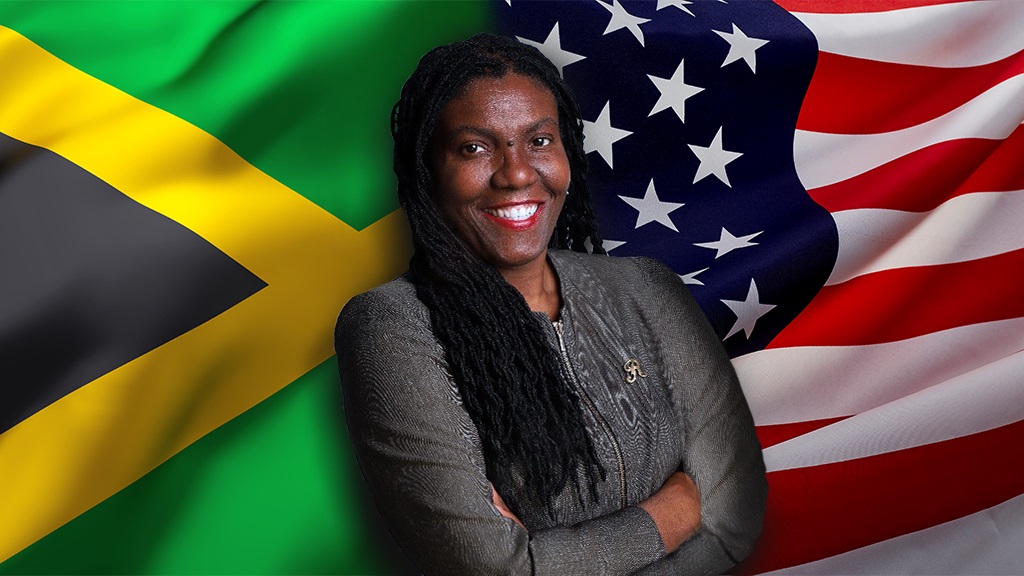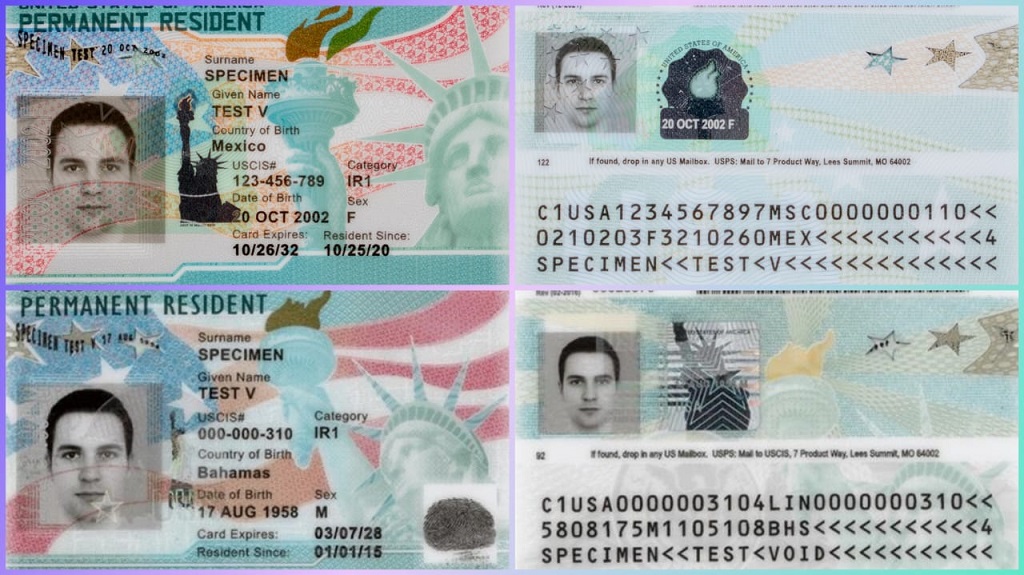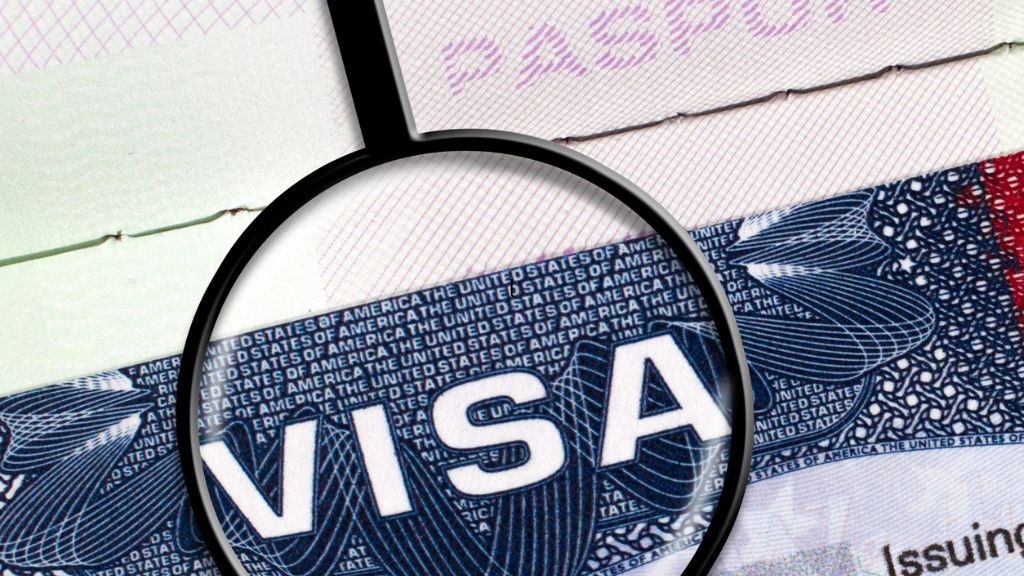
Nadine Atkinson-Flowers

The year 2024 proved to be a pivotal one for immigration, marked by a mix of enduring developments and fleeting moments that continue to shape the landscape. As the world turns its focus to 2025, here are the top ten immigration stories from the past year, presented in no particular order of significance.
- The increase in United States Citizenship and Immigration (USCIS) fees. The new fees have been in effect since April 1 and any document still being sent with an incorrect fee will be returned. So, make sure you check to see what the new fees are for your immigration benefits. Don't forget there are a few immigration benefits that do not require a fee.
- The updates to USCIS immigration forms. As of April 1, 2024, many of USCIS' immigration forms changed. Some have fewer questions, some have more. The only thing that remains the same is that you must still answer carefully. Many are check boxes so a "yes" that should be a "no" or vice versa can lead to problems that will require effort to rectify. Sending in old versions of any form will see that submission being rejected. Rejections can lead to delay and even denial. So, if your case is time sensitive this can cause significant issues. The USCIS website has the latest versions of the forms, and immigration software providers that are used by immigration lawyers also have the latest versions. If you are submitting your case yourself or getting other non-legal assistance, make sure that the
- The H1B visa saw some expansion. This is a specialist nonimmigrant visa. It is a nonimmigrant visa programme that offers work permits to qualified beneficiaries who are petitioned for by potential US employers. The visa allows U.S. employers to temporarily employ foreign workers in specialty occupations, defined as occupations that require that the beneficiaries have highly specialized knowledge and a bachelor’s or higher degree in the specific specialty. The latest change allows greater expansion in the definition and criteria for specialty occupation positions. Nonprofit and governmental research organizations continue to be exempt from the annual statutory limit on H-1B visas but will also benefit from the expansion.
- USCIS now requires that medicals be submitted with the adjustment of status application. In the past one could opt to submit the medical after the other documents had been submitted. USCIS would either send a request for evidence for the medical to be submitted or it would be taken to the interview. The positive development of the medical being required with the adjustment documents should mean the application is processed faster. However, it also means that you will have to pay the civil surgeon for the medical upfront. Of course, you still also must pay all the other fees that must be sent to USCIS.
The election of President-elect Trump. The Trump government has expansive plans regarding immigration has many persons on edge. In their previous administration there were court challenges to many immigration policies, “Moslem bans” and plans for an expansion of the need to prove that a beneficiary would not be a public charge. The incoming administration will likely look at birthright citizenship, family immigration and international students among other areas.
- Several universities have been advising international students who spent the holidays abroad, to return to the USA before the Trump administration begins on January 20.There is much anxiety in educational circles to the extent that universities all over the country that have an international student population have been putting out advisories that they should return to the USA as soon as possible. All of these are efforts to ensure that these international students do not face undue problems as they seek to land at the various air, land and sea borders of the USA. International students must ensure that they have all of their documents at hand and that they have contact details for university personnel that they can contact in the event of an emergency.
- J1 visa holders may not need to return home to obtain other immigration benefits. J1 visa holders in the USA, as part of their requirements, must return home for at least two years after completing their course of study. The rationale here is that the skills these visa holders learn will help to develop their countries.
In some cases, a waiver might be available and has to be applied for by the J1 visa holder. In December 2024, the Department of State removed several countries from the list of countries that have this stipulation. This means persons from the countries that have been removed do not need to apply for a waiver. Their immigration benefits such as family-based, or employment-based visas can therefore be processed without the need for a waiver.
- USCIS, in September 2024, began automatically extended the validity of Permanent Resident Cards (also known as Green Cards). The extension is 36 months for lawful permanent residents who filed Applications to Replace Permanent Resident Card. This means all lawful permanent residents who apply to renew an expiring or an already expired Green Card get the extension. They will get it in the form of receipt notices which together with their LPR cards are evidence of lawful status in the USA and their employment authorization.
- Certain Employment Authorization Document (EAD) Cards are now automatically renewed for 540 days. This rule was announced in December 2024. However, it becomes final on January 13, 2025. The extension will apply to applications for the renewal of EAD applications that are pending or were filed on or after May 4, 2022. This date is crucial as it means that the extension will not be available to everyone who has an EAD card. So, make sure that you actually qualify before you pay someone to submit an application on your behalf.
- Temporary Protected Status (TPS) was renewed for several countries. There were renewals for countries still facing various humanitarian crises, natural disasters and wars. However, it is likely that some of these countries have seen their last TPS designation. The new administration will no doubt re-examine the parameters for the programme. In the past other administrations have examined the designations with a view to ending TPS, so it is likely to be on the horizon.
- 818,500 green card holders became US citizens in the fiscal year 2024. 70 per cent resided in 10 states as follows: California, Florida, New York, Texas, New Jersey, Illinois, Virginia, Georgia, Massachusetts, and Washington. In the Caribbean, Jamaicans, on average took 6.9 years to naturalize and Haitians took 8 years. Remember that most green card holders can naturalize at four years and nine months or two years and nine months, depending on the manner of obtaining their green card. Military members can naturalize as soon as they have served the requisite time frame, their LPR spouses can naturalize as soon as they have their green cards (and are on the orders of the military spouse if that spouse is being posted overseas). Let 2025 be the year you make those important immigration decisions regarding citizenship if you are a green card holder.
By Nadine C. Atkinson-Flowers ©
Atkinson-Flowers is admitted to practice in the US and Jamaica. Her US practice is in the area of immigration, while her Jamaican practice areas include immigration and general legal consultancy. She has been an attorney for over 15 years in Jamaica and has written articles for several legal publications. She is passionate about access to justice issues and volunteers with several legal, business, children and community service organisations in Jamaica and the US. She can be contacted at [email protected]




 24°C
24°C












